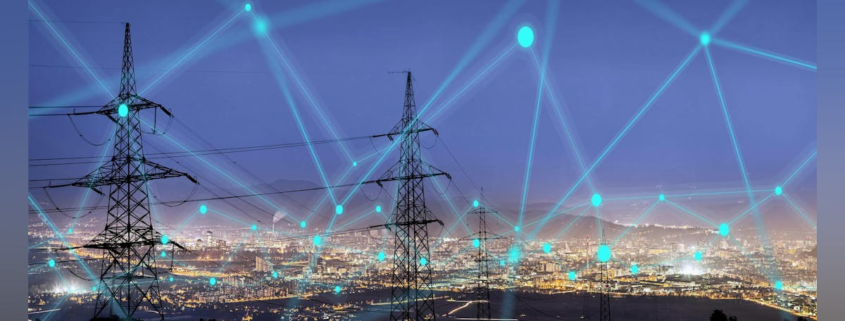Forescout: Security threats to exposed critical infrastructure go ignored
HANNOVER, Germany — Internet exposure of Operational Technology (OT) and Industrial Control Systems (ICS) continues to be a critical infrastructure security issue despite decades of raising awareness, new regulations, and periodic government advisories.
Forescout, a global cybersecurity leader, unveiled Better Safe Than Sorry, a seven-year analysis of internet-exposed OT/ICS data. The study was conducted by Forescout Research – Vedere Labs, a leading global team dedicated to uncovering vulnerabilities in and threats to critical infrastructure.
In the Better Safe Than Sorry report, Forescout researchers examine the realistic opportunities for a mass target attack of internet-exposed OT/ICS devices. These devices are fertile ground for abuse as attackers look no further than using basic rationale driven by current events, copycat behavior, or the emergencies found in new, off-the-shelf capabilities or readily available hacking guides to create chaos.
Forescout released Better Safe Than Sorry from HANNOVER MESSE, the world’s leading trade fair for industrial technology. Forescout researchers can discuss these findings in Hall 16, Booth: A12 in the IT & OT Circus, April 22-26.
“If these warnings sound familiar, it’s because they are. The looming potential for a mass target scenario is high,” said Elisa Costante, VP of Research at Forescout Research – Vedere Labs. “Forescout calls on vendors, service providers, and regulatory agencies to work collectively to prevent attacks on critical infrastructure that will spare no one.”
Top research highlights in the Better Safe Than Sorry report include:
- North America is making strides to close the gap, but there is still work to do around the world. The US and Canada significantly reduced the number of exposed devices during the study period by 47% in the US and 45% in Canada. The other top 10 countries increased the number of exposed devices:
- Spain: 82%
- Italy: 58%
- France: 26%
- Germany: 13%
- Russia: 10%
- Proactive, targeted notification is urgently required. The Unitronics hacking incidents and a combination of regulatory alerts and media coverage led to a 48% reduction in internet exposed Unitronics PLCs within two…





